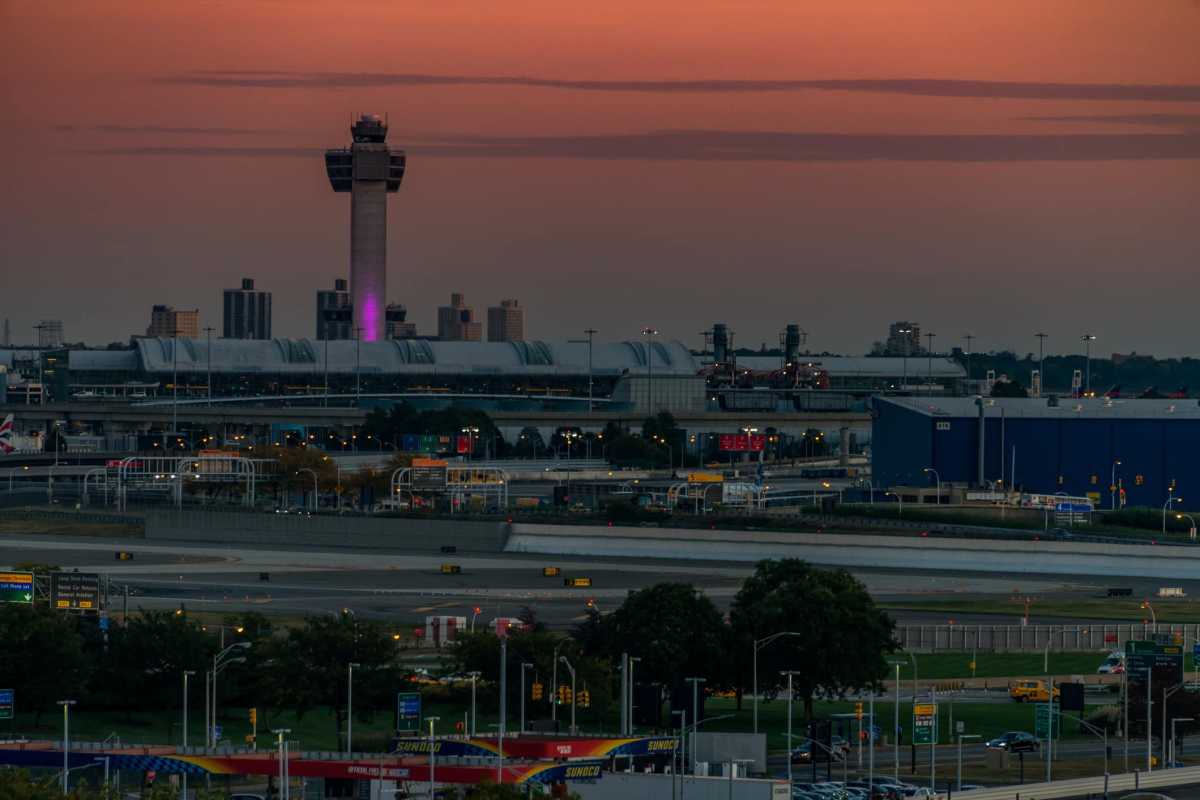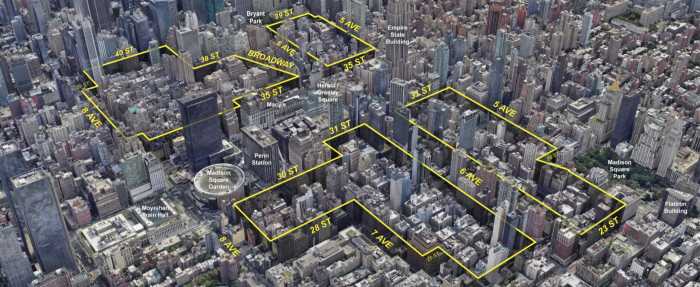In a city - and a borough - where more than 138 languages are spoken, the New York Police Department (NYPD) has met the challenge of serving that diverse population.
Few, if any, people know about the Language Line. It's a means by which non-English speaking people can report crimes, as either victims or witnesses, in as many as 150 dialects.
“All complaint rooms in every precinct in the city have a Language Line,” said Jason Post, a police spokesperson. Although 9-1-1 has translators, the NYPD subscribes to Language Line Services, which launched citywide in June of 2005, to aid in investigations.
According to Lieutenant Peter Martin, the process is simple: When someone speaking anything other than English goes to their local precinct, they are given a card written in nearly 100 languages with the statements, “Point to your language. An interpreter will be called. The interpreter is provided at no cost to you.”
He or she then indicates which is his or her native tongue, and the police contact the Language Line Services.
Most station houses are equipped with a dual-headset telephone; on one, the civilian will speak to the linguist, based in California; on the other, the officer will listen to the conversation, translated meaning-for-meaning.
In addition, “Each patrol supervisor's car has a cell phone,” Martin told The Queens Courier. In this case, the phone is used in speaker mode to facilitate the process.
Each interpreter gives his identification number, which is recorded.
If necessary, he will make a court appearance in the case (upon subpoena).
The crime is then reported, and officers can take appropriate follow-up action.
“I've used it on numerous occasions,” said Lieutenant Dan Heffernan of the 111th Precinct. “At the scene of family disputes, at the stationhouse and when I'm running a check at a Korean bar.”
The cost per minute for Language Line Services for the NYPD is $1.42, according Martin.
“This [cost] is based upon usage,” said Dale Hansman, a spokesperson for Language Line Services. “The more minutes of interpretation used, the lower the fee per minute.”
There are no exact statistics as to how many times Language Line Services, formerly a division of AT&T, has been used in Queens (or in each individual precinct).
According to Hansman, citywide, Spanish is most frequently used, followed by Mandarin, Vietnamese, Russian, Korean, Cantonese, Portuguese, Polish, French, Japanese, Arabic and Haitian.
“A sense of ease comes with someone speaking their language,” said Hansman.
Trial in Italian works like a charm
While researching the article about the NYPD Language Line, I decided to try it myself.
I am fluent in Italian, so I went down to the 111th Precinct, where Lieutenant Dan Heffernan was kind enough to let me make a call.
The Language Line picked up, and the menu instructed us to press one for Spanish, two for all other calls.
It then asked from which precinct the call originated and which language was needed; Heffernan answered and the transfer was made accordingly.
The interpreter I spoke with gave his identification number and a conversation ensued, with Heffernan listening in to a meaning-for-meaning translation, as if he were taking a report.
The process was simple and extremely reassuring.
Had I not been able to speak English, I would have been able to report a crime against myself or serve as a witness for another victim. Immigrants should never be afraid to go to their local precincts when they are in trouble or need help.































